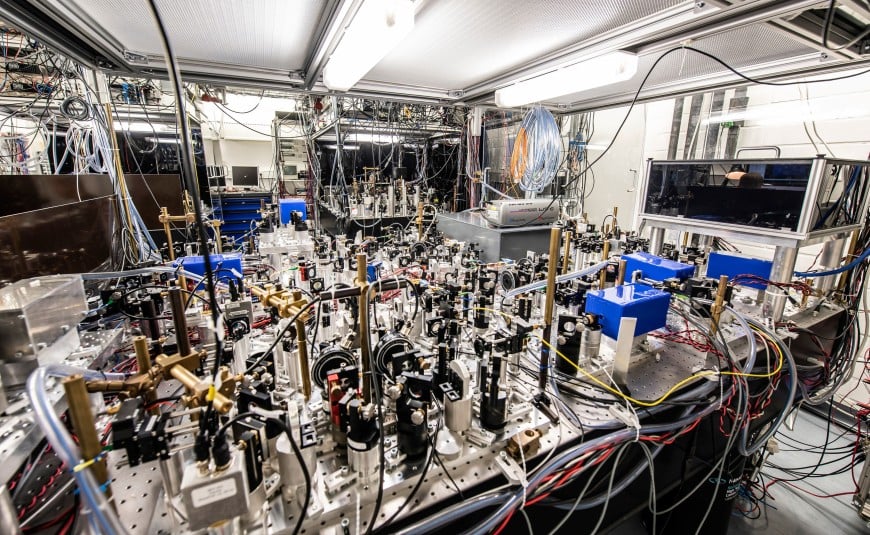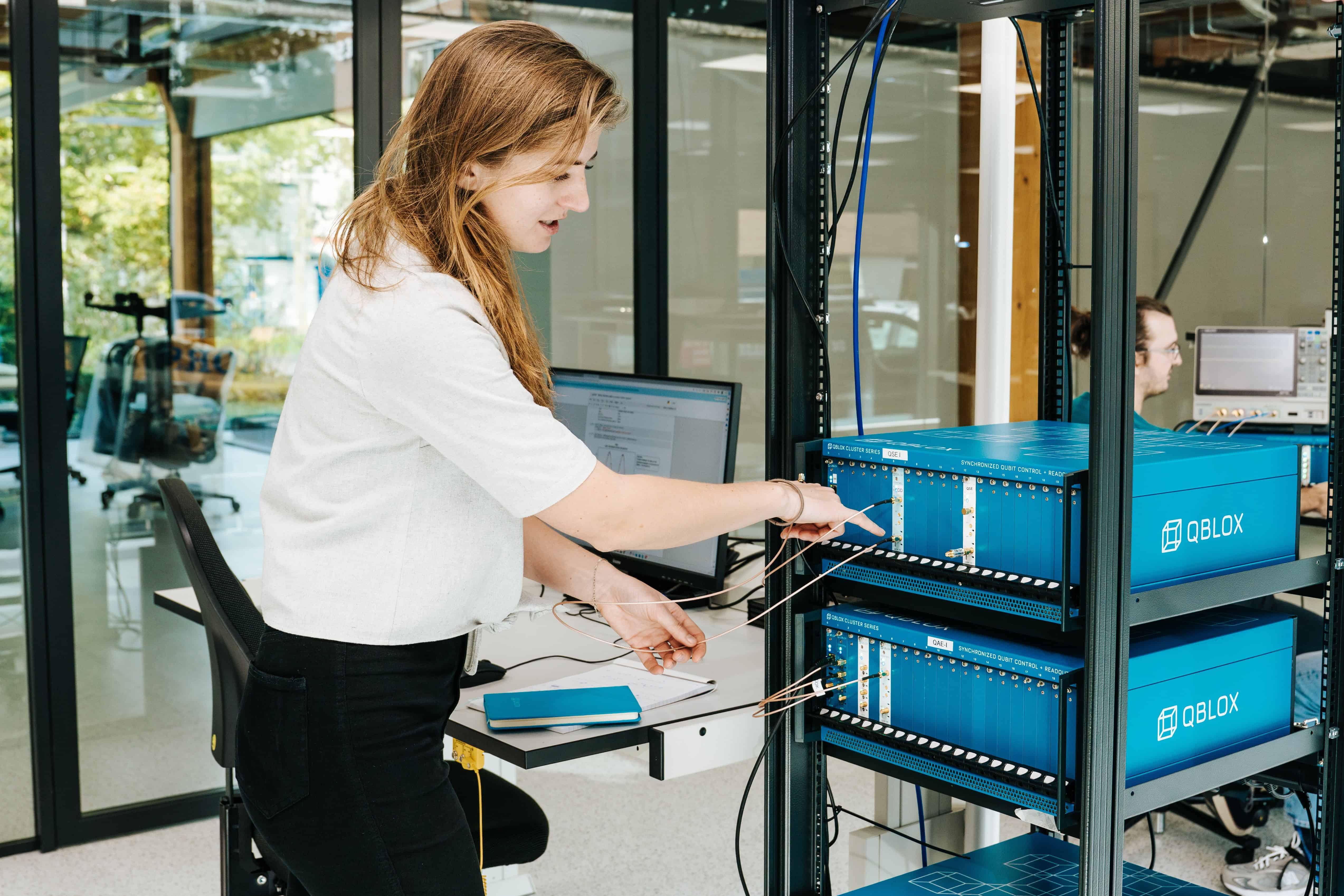
A physics research group at TU Darmstadt, which has received funding of 3.3 million euros as part of the “Quantum Technologies“ program of the German federal government, is pursuing ambitious goals.
“Larger memory units and more processing cores result in increased computing power.” We are all familiar with this classification from the technical specifications of classical computers. This applies even more to quantum computers and quantum simulators. A sufficiently large number of memory cells for storing quantum information – we speak of quantum bits or qubits in reference to bits as the classical information units – is required in order for these novel computing systems to exploit their full potential.
Accordingly, intensive research is being carried out worldwide to develop novel technological platforms for quantum computers and quantum simulators that make it possible to increase the number of qubits with a reduced use of the additional resources required for this. So what is required is the most efficient scalability of the underlying quantum processors, writes TU Darmstadt in a press release.
New impulses
In this worldwide competition, the Institute of Applied Physics at the Technical University of Darmstadt can now provide new impulses. With the “Darmstadt Neutral Atom Quantum Technology Platform (DaNaQTP)” project, which is funded by the Federal Ministry of Education and Research (BMBF) by a total of 3.3 million euros as part of the “Quantum Technologies” funding program, Professor Gerhard Birkl’s team can significantly develop its architecture for quantum processors, which is particularly ambitious in international comparison, and fully exploit the potential for scalability. The approach is based on a combination of state-of-the-art optical technology with the most advanced methods of quantum optics, which facilitate scalable manipulation of quantum states.
How the system works
Based on lithographically manufactured microlens arrays, two-dimensional trapping architectures for individual neutral atoms are generated with laser light. Every single atom stores a qubit, which presents the lowest physically achievable limit of material allocation for a qubit. In DaNaQTP, each atom can be individually inscribed with quantum information – and this can be read out again in a fully controlled manner. The necessary control of one qubit by another qubit – required for processing information in the quantum processor – is achieved by the interaction between the atoms in high-lying states, known as Rydberg states.
Promising scalability
The central goals of the project are, on the one hand, to develop the quantum memory already demonstrated in Darmstadt into a functional quantum processor with 100 interacting qubits, and on the other to significantly increase the number of memory cells for qubits. Here, the tremendous innovation potential of the DaNaQTP platform comes into its own. The next step with scaling to 1000 qubits is to be achieved during the course of the project. But beyond that, the technological basis used already points the way to quantum processors with 100,000 fully controllable qubits. Currently, only few other platform can predict scalability such explicitly.
Also interesting: Fraunhofer and QuTech partner up for quantum internet
Selected for you!
Innovation Origins is the European platform for innovation news. In addition to the many reports from our own editors in 15 European countries, we select the most important press releases from reliable sources. This way you can stay up to date on what is happening in the world of innovation. Are you or do you know an organization that should not be missing from our list of selected sources? Then report to our editorial team.






